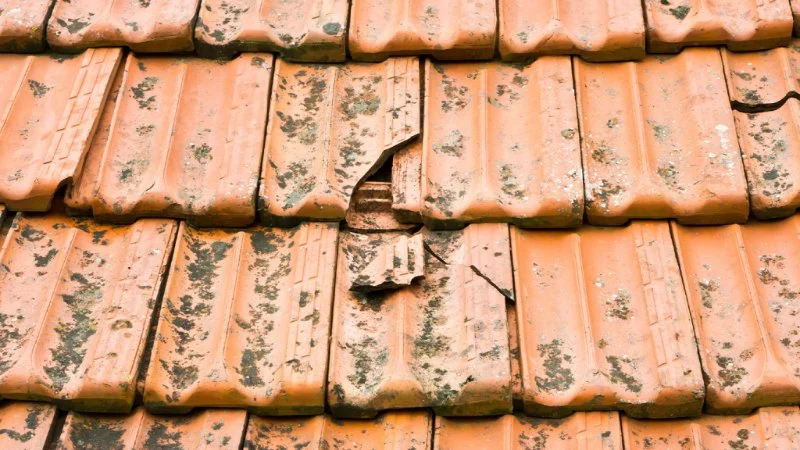
- 1-Introduction to Tile Roof Repair
- 2-Common Issues with Tile Roofs
- 3-How to Repair Cracked and Broken Tiles
- 4-Preventing Tile Roof Damage
- 5-When to Call a Professional
1. Introduction to Tile Roof Repair
Tile roofs are a popular choice for homeowners due to their durability, aesthetic appeal, and longevity. However, like any roofing system, they are not immune to damage over time. Cracked and broken tiles are among the most common issues that require attention. Addressing these issues promptly is crucial to maintaining the integrity of your roof and preventing further damage. In this article, we'll explore how to repair cracked and broken tiles, common causes of damage, and preventative measures to extend the life of your tile roof.

Roofing and Closet Masters
TownsendMiddlesex CountyMassachusetts
18 Main St R1, Townsend, MA 01469, USA
2. Common Issues with Tile Roofs
Tile roofs are designed to withstand the elements, but various factors can cause tiles to crack or break over time. Some of the most common issues include:
2.1 Weather-Related Damage
Extreme weather conditions, such as hailstorms, heavy winds, or freezing temperatures, can cause tiles to crack or break. When the tiles are exposed to such conditions over time, they can become brittle and more prone to damage.
2.2 Foot Traffic
While tiles are durable, excessive foot traffic during repairs or maintenance can lead to cracks or breakages. It's essential to be cautious when walking on a tile roof to avoid causing unnecessary damage.
2.3 Age of the Roof
As a roof ages, the tiles may lose their structural integrity, making them more susceptible to damage. Even minor impacts can result in cracks or breaks in older tiles, requiring repair or replacement.
2.4 Poor Installation
If a tile roof was improperly installed, it may be prone to shifting or loosening. This can cause tiles to crack or break under pressure. It's essential to hire a qualified professional for installation to avoid these issues.
3. How to Repair Cracked and Broken Tiles
Repairing cracked or broken tiles is a manageable task for many homeowners with some DIY skills, though more extensive damage may require professional help. Here’s a step-by-step guide on how to handle minor tile roof repairs:
3.1 Inspect the Roof
The first step in repairing your tile roof is to inspect the damage carefully. Look for cracked, chipped, or broken tiles. Check for any loose tiles that may need to be re-secured as well. It's important to ensure that the underlying structure of the roof is intact before beginning repairs.
3.2 Remove the Damaged Tile
Once you've identified the damaged tiles, remove them by gently lifting them from their position. For cracked tiles, you may need to carefully tap or use a flat pry bar to loosen them. If a tile is broken into pieces, take extra care when removing the debris.
3.3 Replace the Tile
After removing the damaged tile, replace it with a new one. Ensure that the new tile matches the existing tiles in size, shape, and material. Slide the new tile into position, making sure it's securely placed and aligned with the surrounding tiles.
3.4 Seal the Tile
For extra protection, apply a roofing sealant around the edges of the new tile to ensure it stays in place and prevents water from seeping under the tile. This will also help prevent future cracking or loosening from the elements.
3.5 Inspect the Surrounding Area
After replacing the damaged tiles, inspect the surrounding area for any other potential problems. It’s essential to check the flashing, underlayment, and other roof components to ensure they are functioning properly. This will help prevent additional damage in the future.
4. Preventing Tile Roof Damage
Taking proactive steps to prevent tile roof damage can help extend the lifespan of your roof and reduce the frequency of repairs. Here are a few tips for maintaining a tile roof:
4.1 Regular Inspections
Schedule regular roof inspections, ideally twice a year, to identify any issues before they become significant problems. This can help catch small cracks or broken tiles early on, making repairs easier and more cost-effective.
4.2 Clean the Roof
Keeping your tile roof clean is essential for preventing damage. Remove debris, such as leaves and branches, which can accumulate and cause water to pool on the roof. Regularly cleaning the tiles can also help prevent the growth of moss and algae, which can weaken the tiles.
4.3 Avoid Heavy Foot Traffic
If possible, avoid walking on the roof unless absolutely necessary. If you need to access the roof for maintenance, be sure to walk carefully and use designated paths to minimize the risk of damaging the tiles.
5. When to Call a Professional
While many tile roof repairs can be handled by homeowners, there are certain situations where professional help is recommended:
5.1 Extensive Damage
If your roof has extensive damage, such as numerous broken tiles or structural issues, it's best to call a professional roofing contractor. They have the experience and tools necessary to handle significant repairs and ensure the roof is properly restored.
5.2 Roof Inspections
If you're unsure about the condition of your roof or can't identify the source of a problem, a professional roof inspection can provide you with peace of mind. A certified roofing contractor can thoroughly assess your roof and recommend the best course of action.
For expert tile roof repair services and quality roofing materials, visit BeachCo Roofing Hub to find the right solutions for your home or business. Our professional contractors are ready to assist you with any roofing needs.

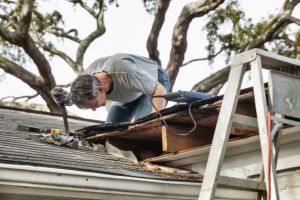
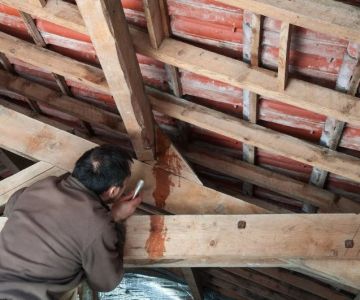
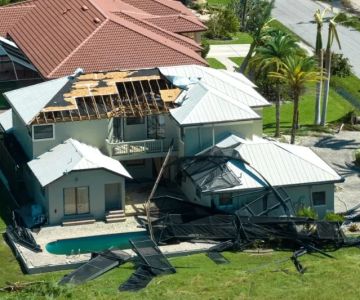

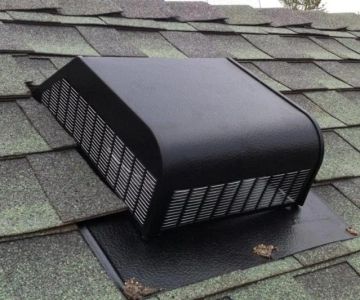
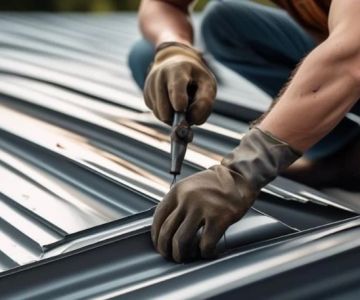
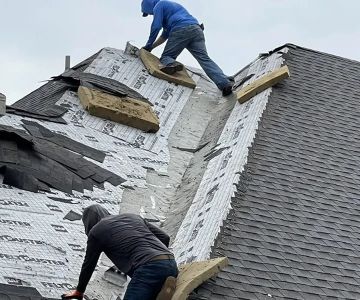
 L&S Roofers0.0 (0 reviews)
L&S Roofers0.0 (0 reviews) New Path Roofing5.0 (47 reviews)
New Path Roofing5.0 (47 reviews) Safeguard Roofing5.0 (551 reviews)
Safeguard Roofing5.0 (551 reviews) All Roofing Contractors5.0 (5 reviews)
All Roofing Contractors5.0 (5 reviews) NJ Roofing Specialists0.0 (0 reviews)
NJ Roofing Specialists0.0 (0 reviews) Martin & Sons Roof Repair4.0 (27 reviews)
Martin & Sons Roof Repair4.0 (27 reviews) What is a Roofing Square? How to Convert Measurements for Your Project
What is a Roofing Square? How to Convert Measurements for Your Project How to Install a Roof Cricket Behind a Rooftop Stairwell Enclosure
How to Install a Roof Cricket Behind a Rooftop Stairwell Enclosure The Average Cost of a Roof Warranty Transfer When Selling a Home
The Average Cost of a Roof Warranty Transfer When Selling a Home What is a Roofing Material Sustainability Certification? (e.g., LEED, Cool Roof)
What is a Roofing Material Sustainability Certification? (e.g., LEED, Cool Roof) Roof Snow Load Calculation: How to Know if Your Roof is at Risk
Roof Snow Load Calculation: How to Know if Your Roof is at Risk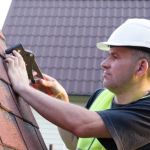 Common Roofing Scams and How to Avoid Them: High-Pressure Sales and Free Inspections
Common Roofing Scams and How to Avoid Them: High-Pressure Sales and Free Inspections